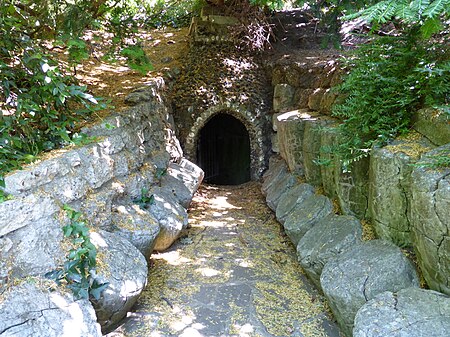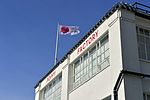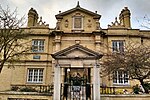Cardigan House

Cardigan House was a country house located on Richmond Hill in London. It was constructed between 1791 for 1793 by architect Robert Mylne for the wealthy publisher Robert Sayer, but in 1794 it was rented by the Duke of Clarence who lived there until 1797 with his mistress the Irish actress Dorothea Jordan and their children. It then passed into the hands of the Earls of Cardigan as a country retreat in what was still rural Surrey. Another large property, Lansdowne House, was located nearby. It should not be confused with Cardigan House in Lincoln's Inn Fields, the London townhouse of the Earls. In 1817 Lady Cardigan hosted a birthday celebration for the Prince Regent at Cardigan House. The scene was depicted in an 1819 painting England: Richmond Hill, on the Prince Regent's Birthday by the artist J. M. W. Turner. In 1925 the house was purchased by the British Legion for expansion of the Poppy Factory on Petersham Road. It was demolished in 1970. Its grounds now form part of the Terrace Gardens.
Excerpt from the Wikipedia article Cardigan House (License: CC BY-SA 3.0, Authors, Images).Cardigan House
Howson Terrace, London Petersham (London Borough of Richmond upon Thames)
Geographical coordinates (GPS) Address External links Nearby Places Show on map
Geographical coordinates (GPS)
| Latitude | Longitude |
|---|---|
| N 51.4554 ° | E -0.3021 ° |
Address
Howson Terrace
TW10 6RU London, Petersham (London Borough of Richmond upon Thames)
England, United Kingdom
Open on Google Maps










